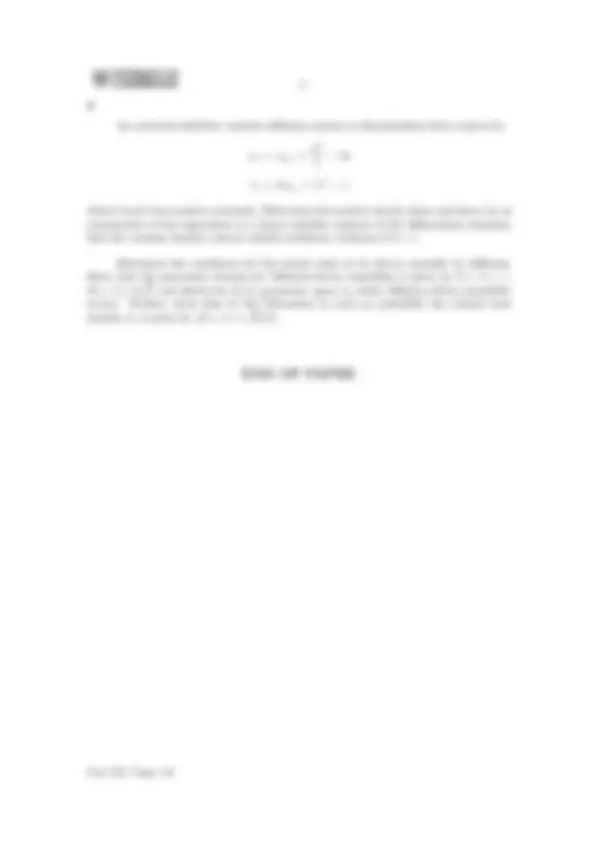



Study with the several resources on Docsity

Earn points by helping other students or get them with a premium plan


Prepare for your exams
Study with the several resources on Docsity

Earn points to download
Earn points by helping other students or get them with a premium plan
Community
Ask the community for help and clear up your study doubts
Discover the best universities in your country according to Docsity users
Free resources
Download our free guides on studying techniques, anxiety management strategies, and thesis advice from Docsity tutors
The questions and instructions for paper 67 of the mathematical tripos part iii exam held on may 31, 2010. The exam covers topics on elastic rods, elastic filaments, and reaction-diffusion systems. Students are required to attend the exam and answer all three questions, which carry equal weight. The equation governing small amplitude deflections of an elliptical rod under gravity, the energy functional for an elastic filament subjected to a force of extension, and the conditions for the instability of a reaction-diffusion system.
Typology: Exams
1 / 3

This page cannot be seen from the preview
Don't miss anything!


Monday, 31 May, 2010 1:30 pm to 4:30 pm
Attempt all THREE questions. There are THREE questions in total. The questions carry equal weight.
Cover sheet None Treasury Tag Script paper
You may not start to read the questions printed on the subsequent pages until instructed to do so by the Invigilator.
2
1
Consider a rod of length L, Young’s modulus E, mass per unit length λ, and an elliptical cross-section whose principal components of the moment of inertia tensor are I 2 < I 1 so it is easier to bend in one direction than the other. If it is held vertically, clamped at the bottom end (z = 0), show that the equation governing small amplitude deflections X(z) (in the easy direction) from the vertical under the action of gravity is
I 2 EXzzzz − (T Xz )z = 0 ,
where T (z) is the internal tension, which you should find. If the upper end is free, write down the complete set of boundary conditions on X(z). Show that the function u(z) = Xz (z) admits a similarity solution of the form
u = η^1 /^3 F (η)
where
η =
λg (L − z)^3 /EI 2
Noting that the differential equation for Bessel functions Jν has the form
x^2 y ′′
show that F = a J− 1 / 3 + b J 1 / 3 , and find the associated boundary conditions on the function u, using the asymptotic form Jν (x) ∼ xν^ in the limit x → 0. Find the critical condition for the rod to buckle under its own weight.
Consider an elastic filament in two dimensions that has an intrinsic curvature κ 0 (s), overall length L and projected length L along the x-axis, from which it deviates by the small amplitude function ζ(x). If it subjected to a force F of extension along x, find the appropriate quadratic energy functional for the filament. From the Euler-Lagrange equation, relate the Fourier transforms of ζ and κ 0 and thereby deduce the relationship between F and the length deficit L − L. Specialize to the case of large F and express your result in a form appropriate to measurements on an ensemble of filaments, each having a realization of the function κ 0 (s).
Contrast the force-extension behaviour of the above randomly curved polymer with that of a freely jointed chain composed of N segments of length b, subject to an extensional force F. You should derive the exact force-displacement relationship and then deduce the limiting form at high extension.
Part III, Paper 67